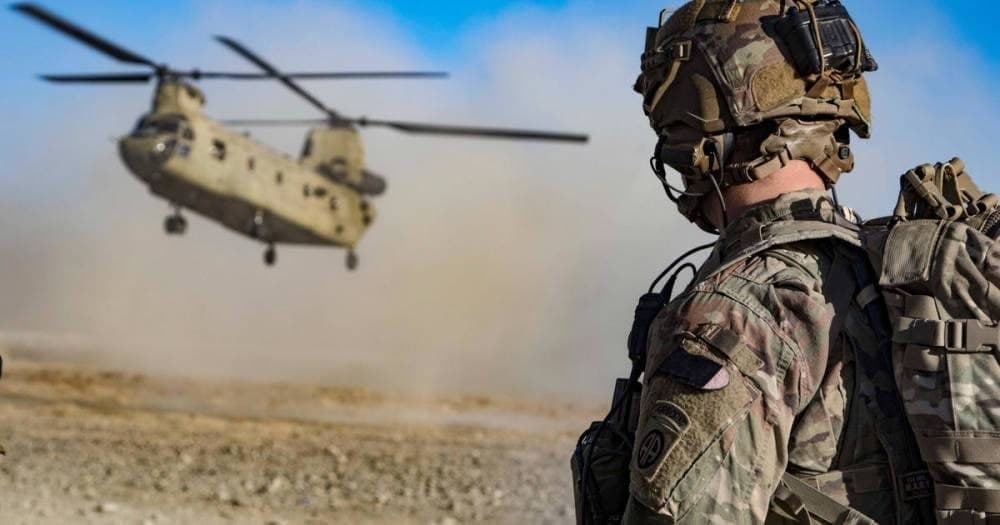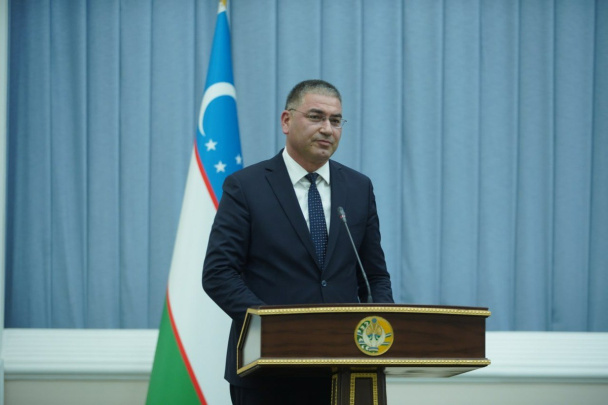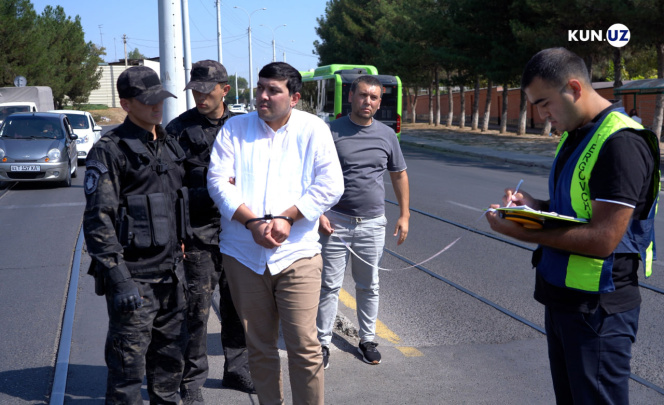US military planners are looking for options to base forces and equipment in Central Asia and the Middle East after American and allied troops leave Afghanistan in the coming months.
With withdrawal preparations ramping up, US military commanders want bases for troops, drones, bombers and artillery to shore up the Afghan government, keep the Taliban insurgency in check and monitor other extremists. Options being assessed range from nearby countries to more distant Arab Gulf emirates and Navy ships at sea, WSJ writes citing US government and military officials as saying.
Preferable, according to some military and Biden administration officials, would be Uzbekistan and Tajikistan, which border Afghanistan and would allow for quick access. But Russia’s large military footprint in the region, China’s growing one and tensions between them and Washington complicate plans for Central Asian bases, the officials said.
“The drive to work looks like it will be a little bit longer for now,” one official noted.
Zalmay Khalilzad, the US Special Representative for Afghanistan, traveled to Uzbekistan and Tajikistan this past week. Khalilzad’s discussions focused on efforts to broker peace among the Afghan factions before the September 11 withdrawal deadline — a topic a US official involved in the discussions said is of concern to Uzbekistan and Tajikistan, which don’t want a spillover of the violence.
No formal requests for bases in Central Asia have been made to date, according to US officials, with the Pentagon still weighing the pros and cons. The State Department and White House are also involved in the decision.
The hastened planning to find regional footholds for the US military is part of a general scramble to meet the September deadline set by President Biden last month but which US defense officials say could be completed as early as July. Tensions have been mounting between Afghan groups even before the deadline was announced, and many US, Afghan and other officials are concerned the withdrawal could precipitate a slide into a broader conflict.
Army General Scott Miller, the top commander in Afghanistan, and Marine General Frank McKenzie, who heads US Central Command, submitted rough plans to Defense Secretary Lloyd Austin late last month for the drawdown of personnel and equipment from Afghanistan.
Those plans, which military officials said aren’t complete, involve 25,000-30,000 total personnel, including North Atlantic Treaty Organization and American forces and contractors. Still to be determined is how many people the State Department wants to retain at the sizable US Embassy in Kabul, though that number could be as high as 1,000 Americans, US officials said.
Also missing from the rough plans is where to base American forces post-withdrawal, those officials said, and finding hosts could prove challenging.
Ultimately, administration officials said, they want locations that are close to Afghanistan for troops, drones and other rapid-response equipment, in the event, for example, of an attack on its embassy in Kabul. When it announced the withdrawal last month, the Biden administration said it would launch airstrikes or conduct surveillance missions if Al Qaeda reappeared in Afghanistan or another group like Islamic State posed a threat to the US or its interests.
If nearby countries aren’t accessible, US officials are looking farther afield for “over the horizon” options in Arab Gulf allies, several of which currently host American forces.
The fallback is using an aircraft carrier to host aircraft that could be used for missions over Afghanistan, though the Navy is reluctant to commit a carrier full time to the region due to needs elsewhere, according to Navy and other officials.
Getting access to bases in Central Asia would return the US to a position it held in the first years of the Afghan war. The U.S. maintained two bases in Central Asia, one each in Uzbekistan and Kyrgyzstan, which were used for Afghanistan operations. But it decamped from Uzbekistan in 2005 and from Kyrgyzstan nearly a decade later, after a regional group, led by Russia and China, pressured the U.S. to remove its forces from the region.
Russia viewed the US presence in what had been part of the Soviet Union with increasing suspicion, especially after uprisings in Ukraine, Georgia, and Kyrgyzstan unseated leaders loyal to the Kremlin.
Relations between Russia and the US have in many ways worsened since then, as have ties between Washington and Beijing. Still, they share the US’s interest in bringing stability to the region, and the Central Asian countries also want a counterbalance to Russia’s and China’s influence, US and foreign officials said.
Uzbekistan is pressing ahead with a railway project that links it to Pakistan through the Afghan city of Mazar-i-Sharif and needs enough stability to pull it off.
Central Asian “countries want their cake and to eat it, too, and to have a multivector foreign policy, so they don’t want the US to leave them hanging,” said Paul Stronski, a senior fellow in Carnegie’s Russia and Eurasia Program.






